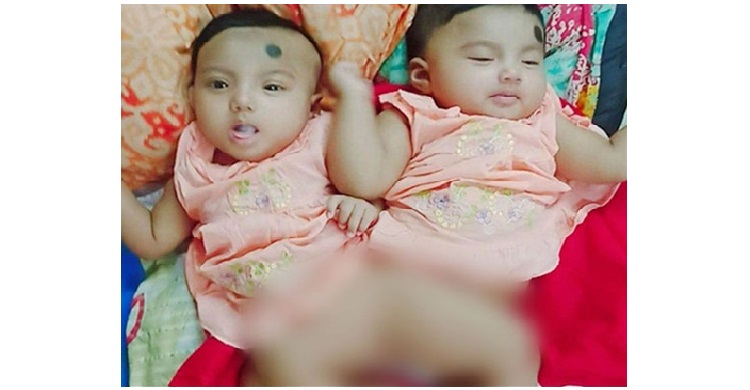
- Child News
- Lead News
Coronavirus: Science and research still have some gaps upon keeping safe the children
- Child News
- Lead News
- 18 July, 2020 21:18:34
CNI Desk: Although some common symptoms of Covid-19 were detected and suggestions were given to the global population, there are several unanswered questions over how the virus affects kids.
Dr Sonja Rasmussen, a pediatrics professor at the University of Florida, said “There’re still a lot of unanswered questions. That is the biggest challenge.”
The former scientist at the U.S. Centers of Disease Control and Prevention, also said several studies suggest, but don’t prove, that children are less likely to become infected than adults and more likely to have only mild symptoms.
Although the Trump administration said the science “is very clear” many doctors, specialists in pediatrics and infectious diseases said much of the evidence is indecisive.
A report from Wuhan, China, where the outbreak began last winter, found that fewer than 2 percent of cases were in children.
Reports in the U.S. revealed that between 5 percent and 8 percent of the cases are in kids in the country.
According to CDC in the U.S., 175,374 cases have been confirmed in kids aged 17 and under as of Friday, accounting for roughly 6% of all confirmed cases.
The number of kids who have been infected but not confirmed is almost certainly far higher than that though, experts say, because those with mild or no symptoms are less likely to get tested.
A total of 228 children and teens through age 17 have died from the disease in the U.S. as of Thursday, which is about 0.2% of the more than 138,000 Americans who have died in all, CDC data shows.
In China’s Wuhan hospital, 171 children were admitted and treated there, most had relatively mild illness.
Among them, only one child died, and three needed intensive care and ventilator treatment while 12 had X-ray evidence of pneumonia, but no other symptoms.
In April, a CDC study on 2,500 children, revealed those findings.
About 1 in 5 infected children were hospitalized versus 1 in 3 adults; three children died, it said.
However, the study lacks complete data on all the cases, but it also suggests that many infected children have no symptoms.
Dr Sonja Rasmussen said “We’re trying to figure out who those kids are.”
“We need to figure out the Covid-19 impacts on kids and on the rest of the community, their parents and their grandparents,” he said adding that it needs to know if kids are transmitting a lot to each other, and then bringing it home to their families.
The paradox has been created around the world that without knowing of children’s infections, will it be safe to reopen schools or not.
Jeffrey Shaman, a Columbia University infectious disease specialist, said scarce data on whether infected children — including those without symptoms — easily spread the disease to others complicates the issue.
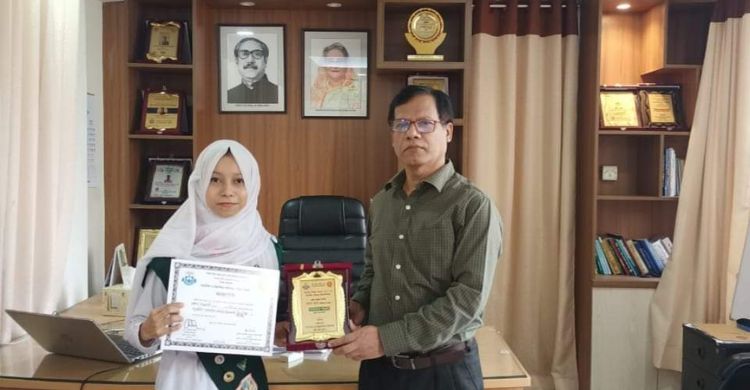
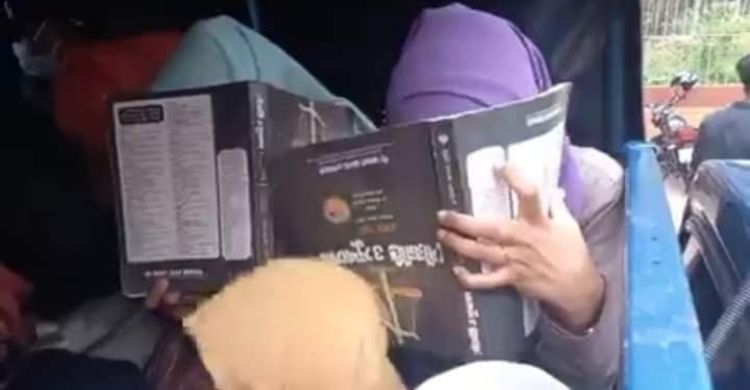
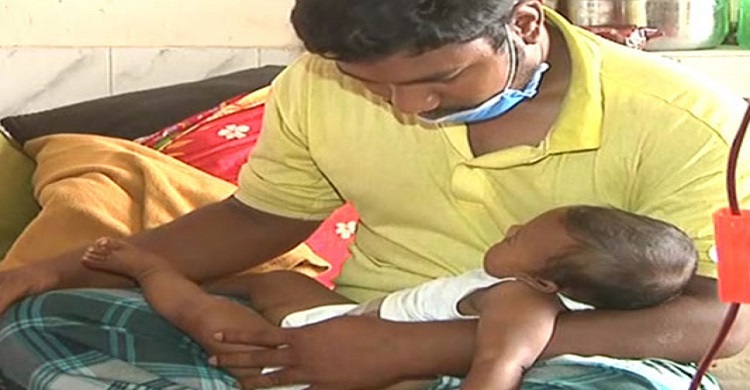
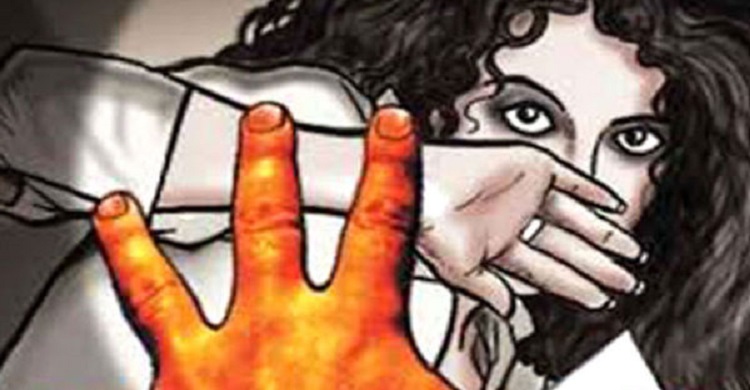

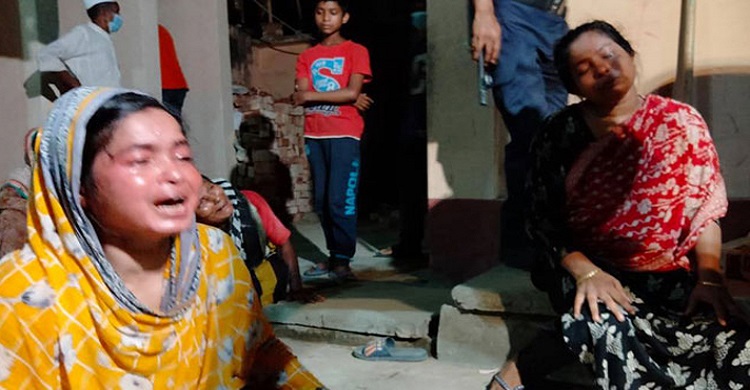

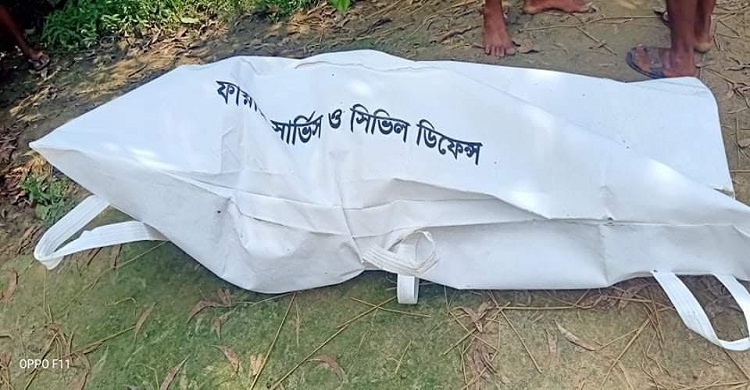
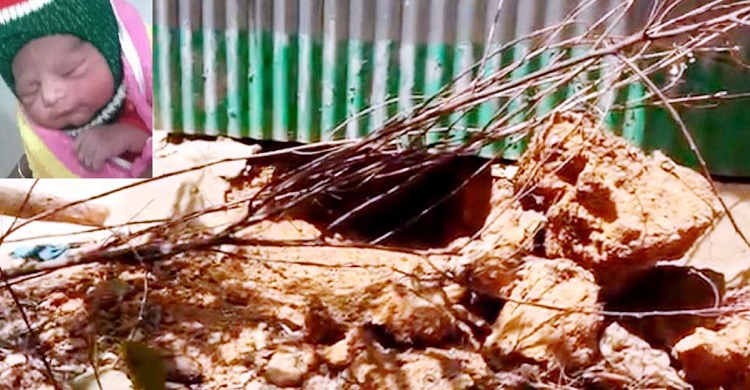



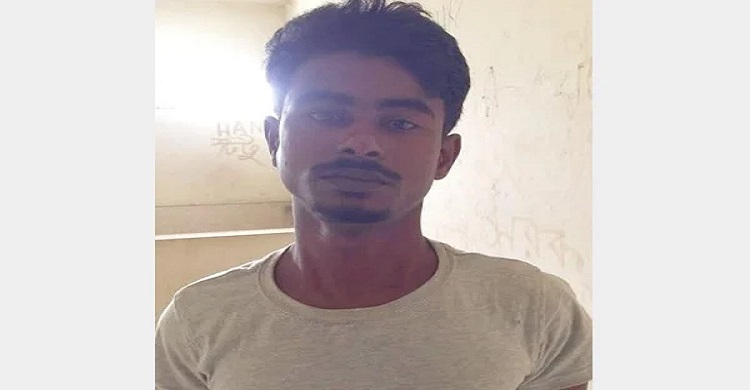
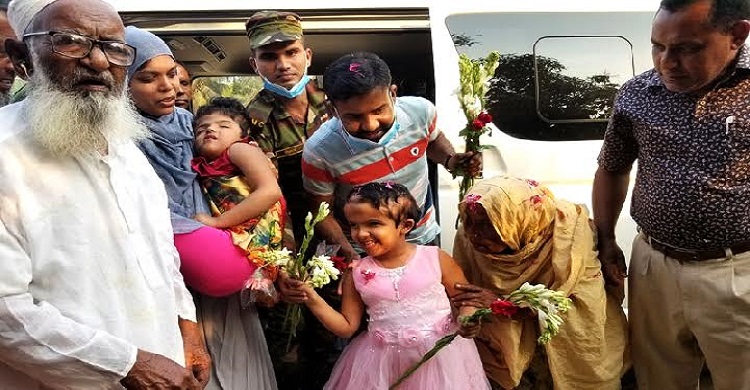


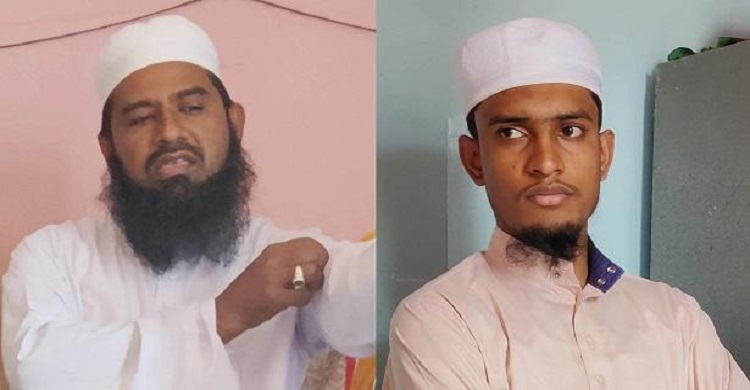
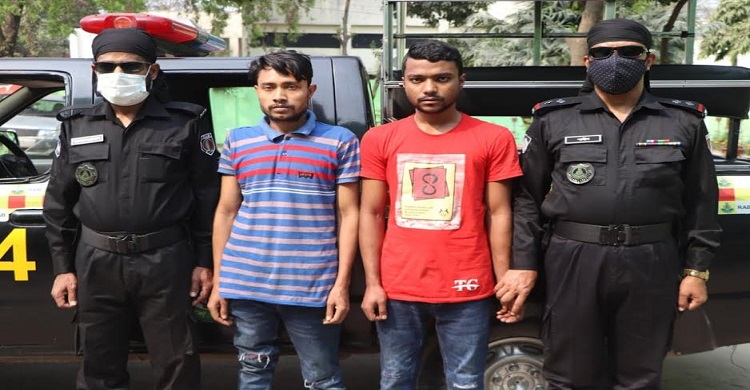
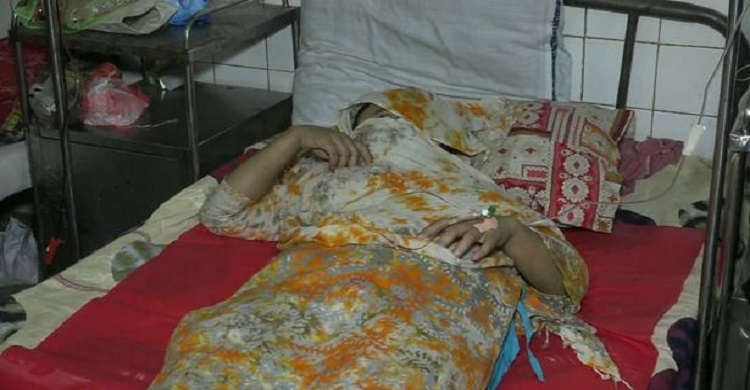


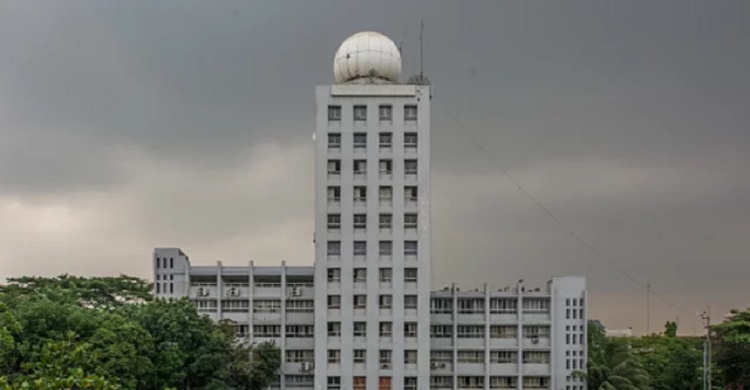

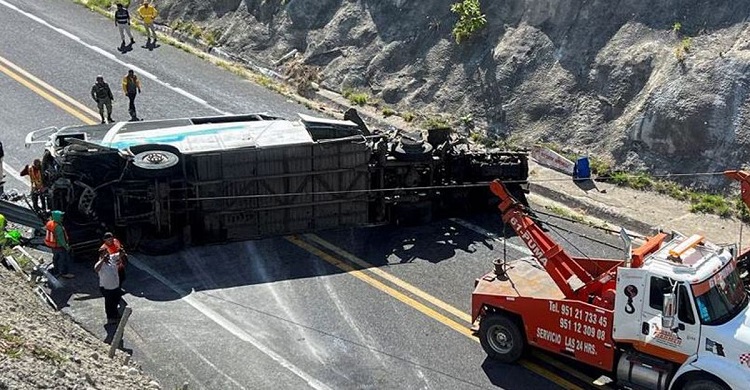




Comment ( 0)